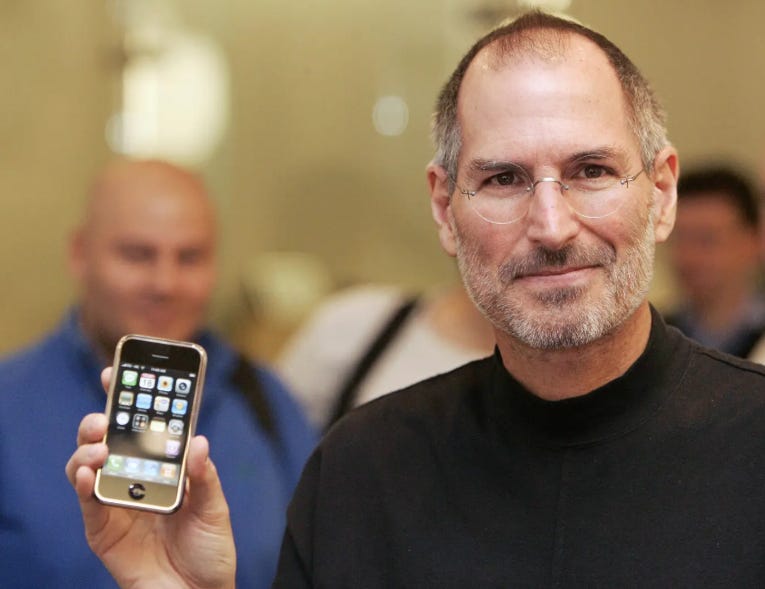Society loses when builders ship tech for tech’s sake. To paraphrase something my former boss Steve Jobs repeated as we engineered the very first iPhone: The number of megahertz doesn’t matter. Innovation must be about delivering practical applications into the physical world that improve lives.
Combining AI with smart hardware and physical infrastructure will ensure the transformation of trillion-dollar industries from manufacturing to life sciences to agriculture. AI will power the future. But in order to do so, it must be paired with physical hardware that makes everyday life better for people.
To put this in context, let me share something that’s not widely known. The very first iPhone—I’m talking pre-launch, kept deep within the Apple engineering lab—had a click wheel exactly like the iPod. We tested the user experience into the ground before confirming that invoking a rotary phone vibe when users scrolled through contacts and navigated the phone’s menu was not good. The lesson from Steve Jobs? Making the user’s life more difficult isn’t going to fly. We ended up scrapping that clunky model for the sleeker one launched in 2007.
This same tension—whether new technology is burdensome or helpful—is playing out with AI today. The tech’s current chatbot era puts the onus on the user to deliver the right prompts and commands.
What if AI actually made life easier without the overhead? This is what can happen when AI enters the physical world.
Read more | FORTUNE

